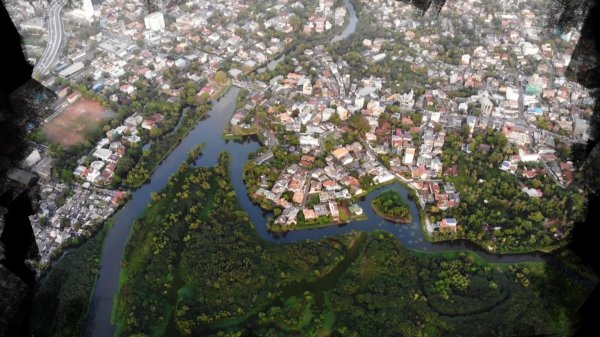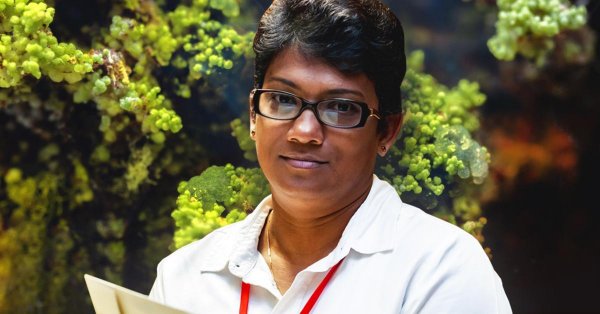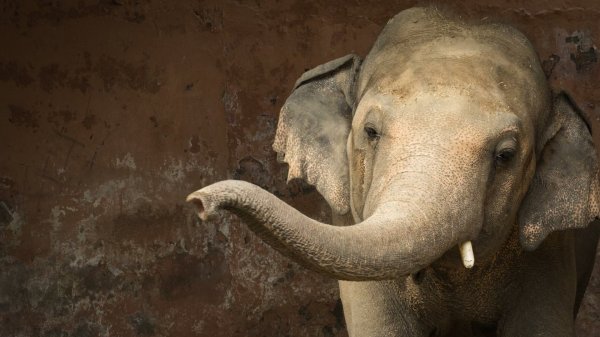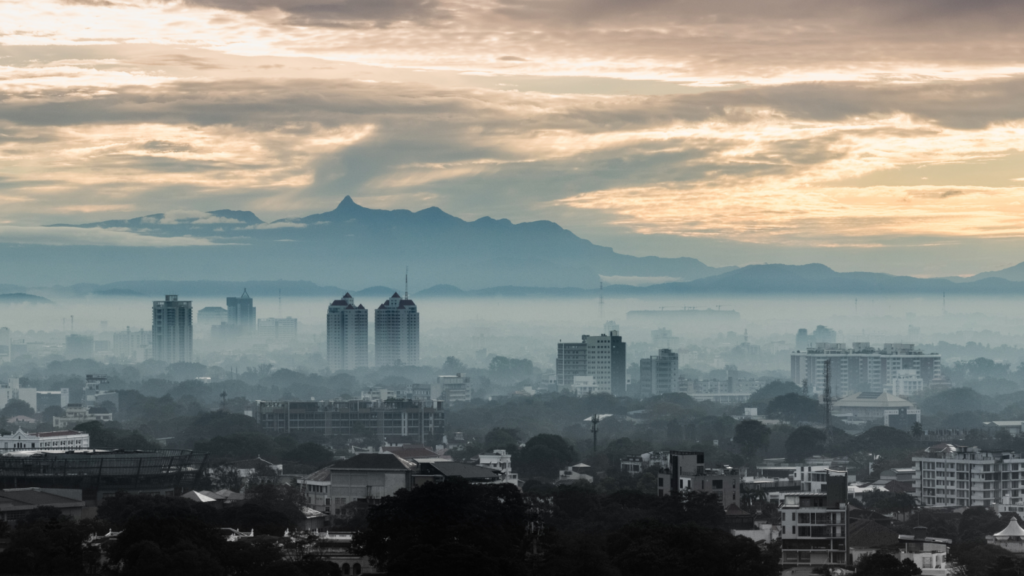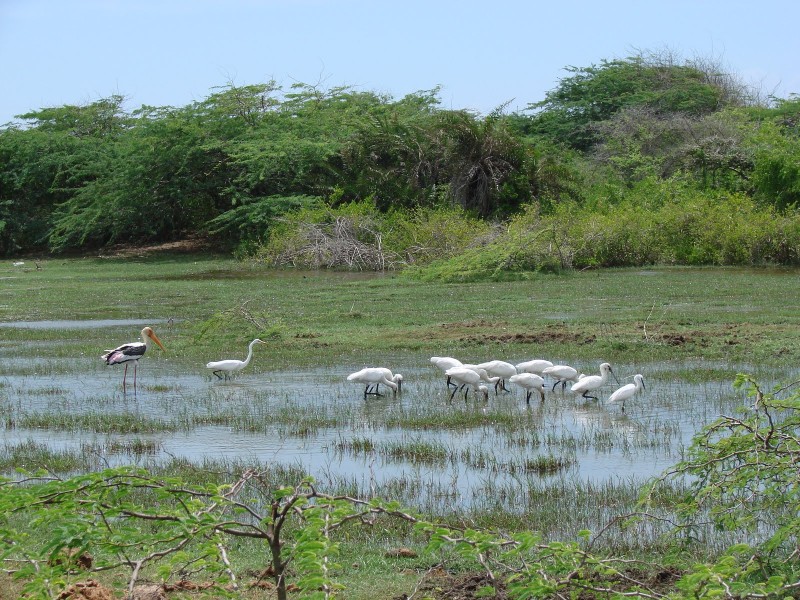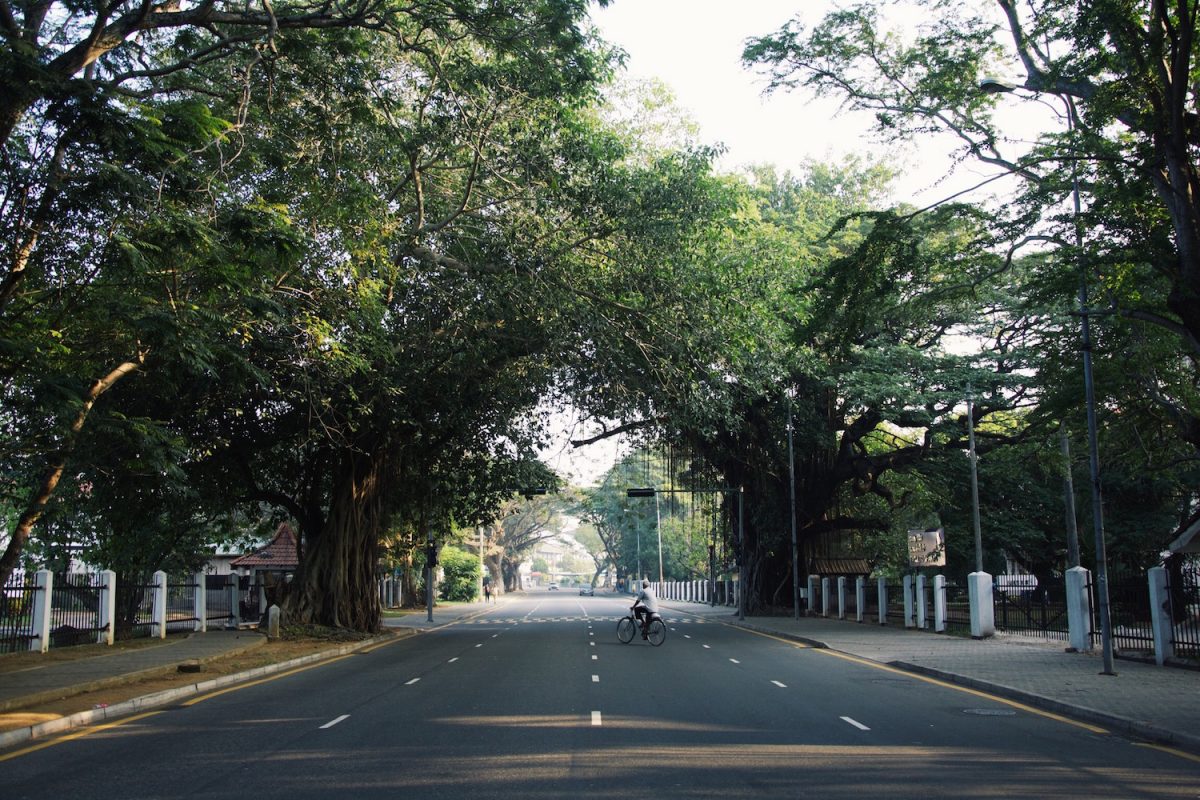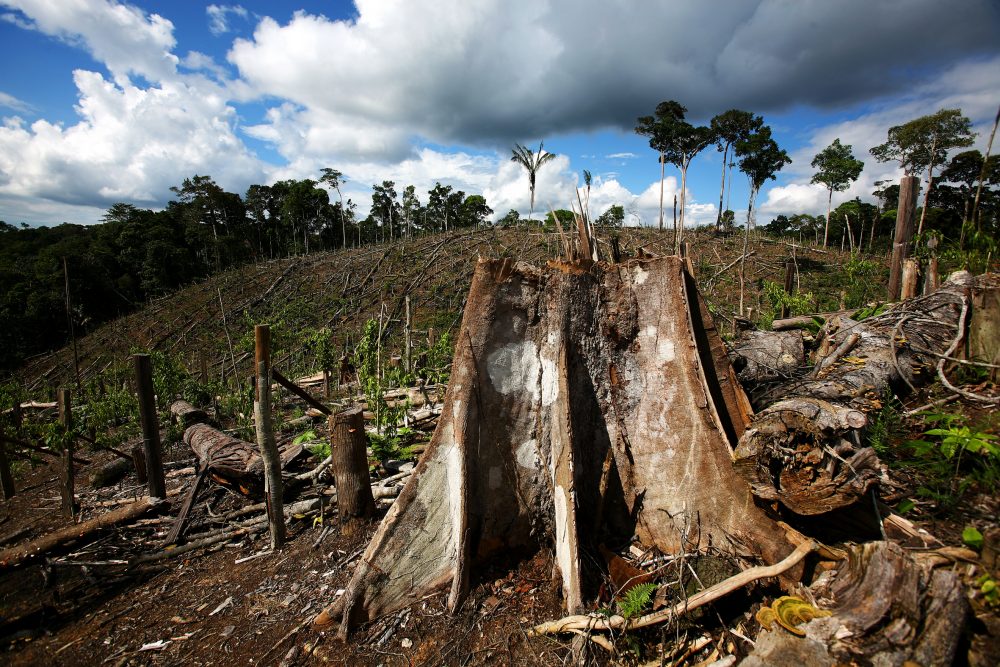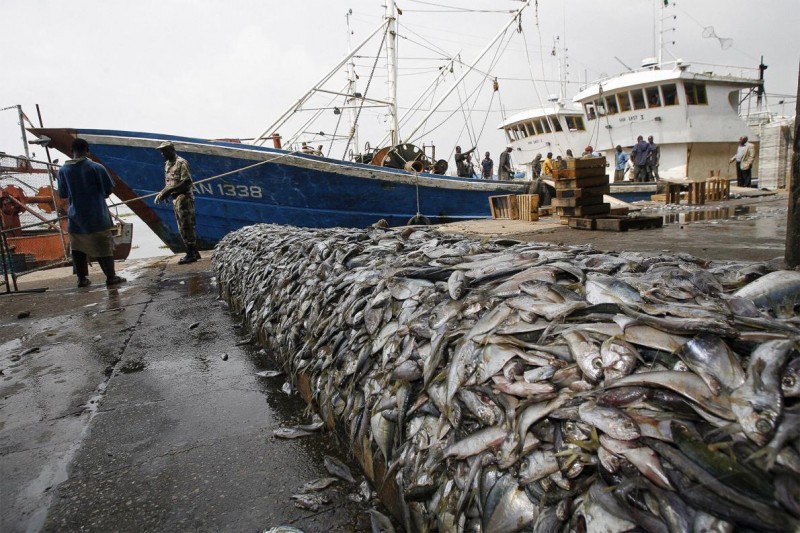
For those of you unacquainted with the issue or the concept, bottom trawling is an industrial fishing method whereby fishing nets, with large weights attached to them, are dragged across the seafloor, indiscriminately catching everything in their path. Unfortunately, this method catches more than just the targeted fish, and results in nearly 90% of the “catch” (which includes corals and other marine life) being thrown back to the sea, after the irremediable damage has been done.
The issue is also central to the longstanding India-Sri Lanka fishermen conflict, but banning Indian fishermen from our waters alone will not solve it.
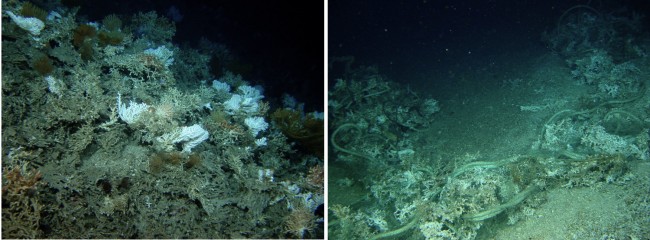
Images of a seabed before and after it was subjected to bottom trawling fishing. Image courtesy occupy.com
How Come?
Turns out, while most point fingers at the Indian fishermen, who are notorious for using this method of fishing, Sri Lankan fishermen have also been adopting this destructive practice, as seen off Jaffna. This means that it isn’t enough to ban Indian fishermen from Sri Lankan waters – banning Indian boats could simply result in local boats taking over. The practice, essentially, will continue while the main culprits will change. The only solution is to ban the practice altogether, to prevent any further damage to our delicate marine ecosystem.
Where We Stand
Sri Lanka hasn’t yet banned bottom trawling in coastal waters, although the practice is banned in inland waters. According to Research Director and Head of Law at Verité Research, Gehan Gunatilleke, although fishing licenses are rarely granted for the practice, the practice itself is permitted under the Fisheries and Aquatic Resources Act.
Additionally, while the Fishing (Import and Export) Regulations of 2010 prohibit the import or export of fish caught through the trawling method, no such regulations extend to the fish sold in the domestic market, which in itself provides local fishermen incentive to continue.
On April 21, 2015, MP M. A. Sumanthiran proposed a legislative amendment calling for a total ban of the practice, but this was not considered due to the dissolution of Parliament in August 2015. The Bill was filed again in February 2016. In his speech to Parliament on October 9, 2015, MP Sumanthiran noted that “it has been said that due to this particular method of fishing (bottom trawling), the marine resources on the Indian side have been totally destroyed – there is nothing more – and that is the reason why these fishermen are now coming into the territorial waters of Sri Lanka,” but also that “the Government of Sri Lanka must take decisive action with regard to bottom trawling. Presently there is a Regulation under the Fisheries and Aquatic Resources Act where this method of fishing is regulated. But, that will not do. It must be totally banned, because now it is clear to everyone that this method of fishing only destroys the marine resources and long-term sustainability is not possible.”
In Perspective
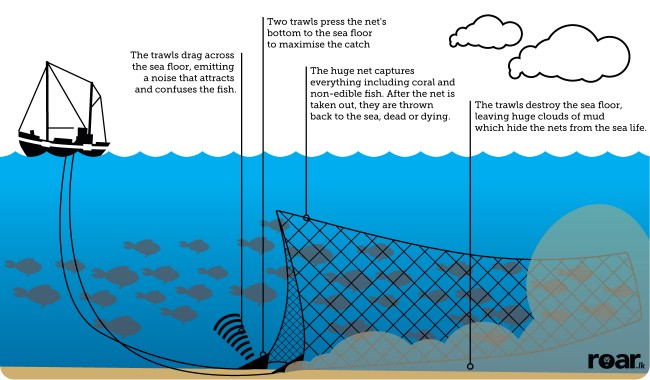
How bottom trawling works, and the damage it causes
To understand just how destructive this fishing practice is, let’s take a look at what the WWF has to say about it. According to the WWF, the introduction of the rockhopper trawls in the 1980s meant that nets could easily pass over any rough surface, without any damage caused to the nets. For that matter, “the largest, with heavy rollers over 75 cm in diameter, are very powerful, capable of moving boulders weighing 25 tonnes.” This has meant that most of the ocean floor can now be trawled, even to a depth of 2,000m.
The WWF also noted that “in an experiment off Alaska, 55% of cold-water coral damaged by one pass of a trawl had not recovered a year later,” while “scars up to 4km long have been found in the reefs of the north-east Atlantic Ocean.” Additionally, “in heavily fished areas around coral seamounts off southern Australia, 90% of the surfaces where coral used to grow are now bare rock.”
While we don’t have studies in Sri Lanka to estimate just how bad the damage is, it doesn’t take much imagination to understand just how badly our marine ecosystem has been damaged. It’s high time Sri Lanka takes this historic step and bans bottom trawling – while we’re at it, we could even set a good example for the rest of the region.
Cover image credit: Kambou Sia AFP/GETTY


